Introduction
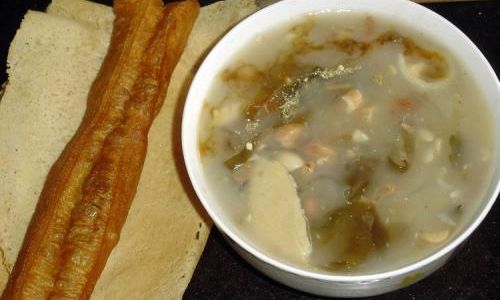
Hu La Tang, a hearty and aromatic breakfast staple in northern China, particularly in Henan province, is a dish that encapsulates the essence of Chinese culinary art. This spicy and savory soup, with its rich history and intricate blend of spices, herbs, and meats, offers a warm and comforting start to the day. While the exact origin of Hu La Tang remains a matter of debate, its popularity speaks volumes about its ability to satisfy the palate and nourish the soul.
Making Hu La Tang at home might seem daunting at first, given its complex flavor profile and the variety of ingredients involved. However, with a step-by-step guide and a bit of patience, you can recreate this delicious dish in your kitchen, infusing it with your personal touch. This article aims to demystify the process of making Hu La Tang, taking you through each step with detailed explanations and tips to ensure a successful outcome.
Understanding the Ingredients
Before diving into the recipe, it’s crucial to understand the key ingredients that make Hu La Tang unique. The base of the soup typically includes:
- Meat Broth: Often made from beef or pork bones, simmered for hours to extract maximum flavor.
- Starch: Usually wheat flour or cornstarch, which gives the soup its thick, velvety texture.
- Spices and Herbs: A blend of Sichuan peppercorns, cloves, cinnamon, star anise, and fennel seeds, along with fresh ginger and garlic, provides the aromatic and spicy notes.
- Vegetables: Commonly used vegetables include potatoes, carrots, and Chinese cabbage, adding both texture and nutrition.
- Protein: Slices of beef, pork, or tofu, which offer substance and additional flavor to the soup.
- Seasonings: Soy sauce, vinegar, and sesame oil enhance the taste, while chili oil or flakes add a fiery kick.
- Garnishes: Green onions, cilantro, and vinegar are often served on the side for added freshness and tang.
Step-by-Step Recipe
Preparing the Meat Broth
The foundation of any good Hu La Tang lies in its broth. Start by selecting high-quality beef or pork bones. Rinse the bones thoroughly under cold running water to remove any impurities. Place the bones in a large pot and cover them with cold water. Bring the water to a boil over high heat, then reduce the heat to low and let it simmer gently for at least 4-6 hours, skimming off any foam that rises to the surface.
For added flavor, you can include a few whole onions, carrots, and celery stalks in the pot while simmering. These vegetables will contribute subtle sweetness and depth to the broth. Once the broth is ready, strain it through a fine-mesh sieve, discarding the bones and vegetables. You should have a rich, golden-brown broth with a strong, meaty aroma.
Preparing the Spices and Herbs
While the broth is simmering, prepare your spices and herbs. Toast the Sichuan peppercorns, cloves, cinnamon, star anise, and fennel seeds lightly in a dry pan over medium heat until fragrant. This toasting process awakens the oils in the spices, enhancing their flavors. Be careful not to burn them, as this will make the soup bitter.
Once toasted, grind the spices coarsely using a mortar and pestle or an electric spice grinder. You want to retain some texture for a more complex flavor profile. Also, peel and finely chop fresh ginger and garlic, ready to be added to the broth.
Cooking the Vegetables and Protein
Choose firm, fresh vegetables such as potatoes, carrots, and Chinese cabbage. Peel and chop the potatoes and carrots into bite-sized pieces. Slice the cabbage into thin strips. Blanch these vegetables briefly in boiling water to soften them slightly. This preliminary cooking step ensures they hold their shape and texture in the final soup.
For the protein, you can use thinly sliced beef or pork. If using beef, select a cut with some fat marbling for added flavor. Marinate the slices with a little soy sauce, sesame oil, and cornstarch for at least 30 minutes before cooking. This helps to tenderize the meat and keep it moist during the cooking process.

Thickening the Broth
In a separate bowl, mix a small amount of wheat flour or cornstarch with an equal volume of cold water to form a smooth paste. This will be used to thicken the broth. Once the broth has been strained and is clear of any impurities, return it to the pot and bring it to a simmer over medium heat. Gradually whisk in the flour-water mixture, a little at a time, until the desired consistency is achieved. The soup should be thick enough to coat the back of a spoon but not overly gluey.
Adding Spices, Herbs, and Vegetables
Add the toasted and ground spices, along with the chopped ginger and garlic, to the simmering broth. Stir well to combine and let the flavors meld for about 10 minutes. This allows the spices to release their aromatic oils into the broth, creating a fragrant and complex base.
Next, add the blanched vegetables and the marinated meat slices to the pot. Cook for another 5-7 minutes, or until the meat is cooked through and the vegetables are tender but still crisp. Taste the soup and adjust the seasoning with soy sauce, vinegar, and sesame oil as needed. Remember, Hu La Tang should be bold in flavor, with a balance of saltiness, sweetness, and a hint of heat.
Finishing Touches and Serving
To finish, ladle the hot Hu La Tang into bowls. Drizzle a little chili oil or sprinkle chili flakes over each serving for added heat. Garnish with chopped green onions and cilantro for freshness and a burst of color. A splash of vinegar on the side is optional but highly recommended, as it adds a refreshing tang that contrasts beautifully with the rich, spicy broth.
Serving Suggestions
Hu La Tang is traditionally served as a breakfast dish, paired with steamed buns or fried dough sticks. It’s also a wonderful comfort food for any time of day, especially during colder weather. For a more filling meal, you can add noodles or dumplings to the soup.
Storage and Reheating
Leftover Hu La Tang can be stored in an airtight container in the refrigerator for up to 3 days. When reheating, be sure to do so gently over low heat, stirring occasionally to prevent the soup from sticking to the bottom of the pot and becoming overly thick. Adding a splash of water or broth can help to restore its original consistency.
Conclusion
Making Hu La Tang at home is a rewarding culinary experience that brings together the essence of Chinese flavors in one hearty bowl. With its rich broth, tender meat, and an array of spices and vegetables, this dish offers a taste of northern China’s culinary heritage. By following this detailed recipe and paying attention to the nuances of each step, you can create a Hu La Tang that is as authentic as it is delicious. So, roll up your sleeves, gather your ingredients, and embark on a culinary journey that promises to delight your taste buds and warm your soul.
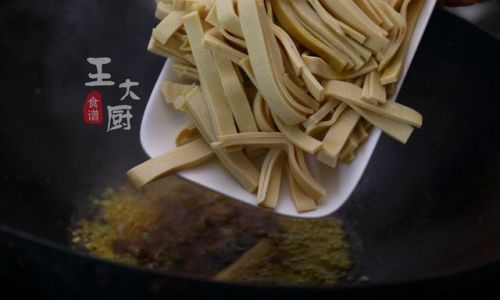
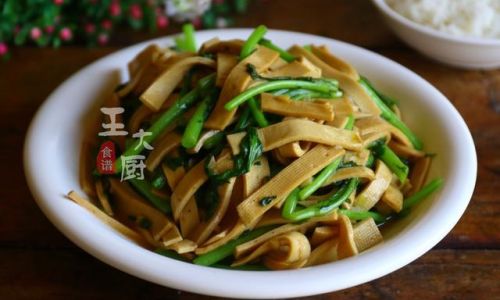
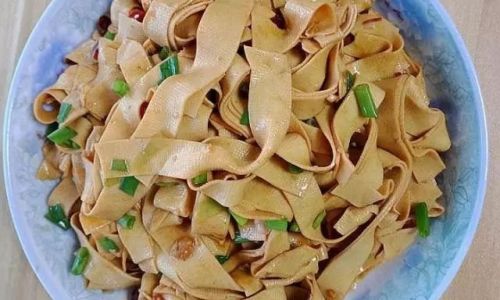
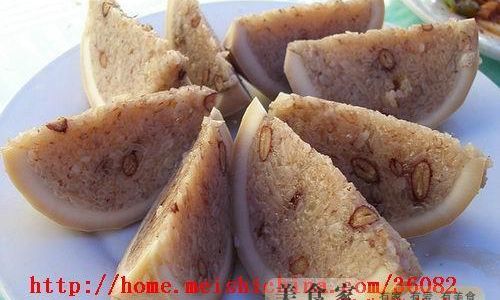
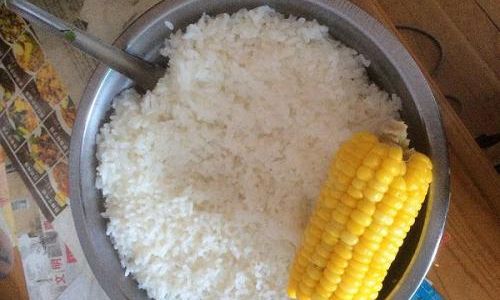
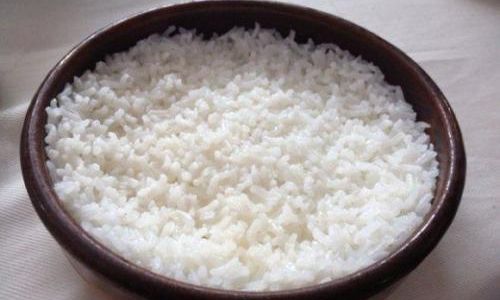
0 comments